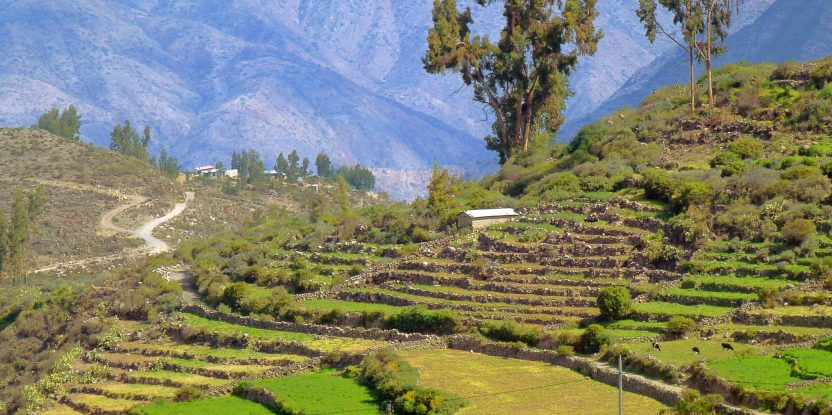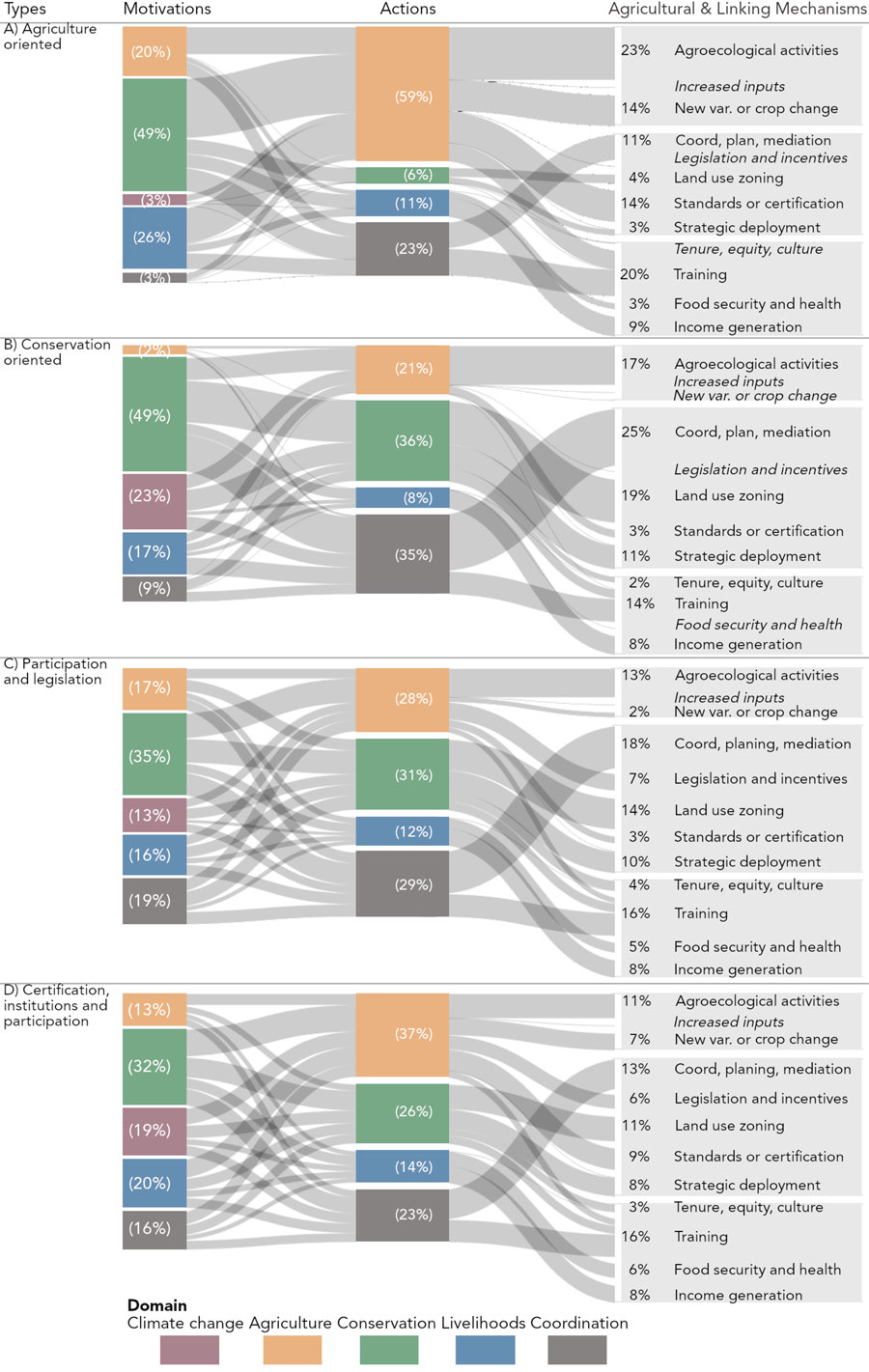
The pressing environmental and social challenges driven by deforestation, biodiversity loss, climate change, poverty and food insecurity often intersect in tropical landscapes of the Global South.
Addressing these challenges holistically is thought to be an effective strategy for achieving better (i.e. ethical and ecological) outcomes and “integrated landscape approaches” are now widely endorsed across research, policy and practice.
However, for many the term is ambiguous: what exactly is meant by an integrated landscape approach? Is there one such approach, or many distinct approaches subsumed under an umbrella terminology? And is there evidence that shows such an approach works in practice?
These are some questions that inspired our recently published article in One Earth – the new interdisciplinary journal offered by Cell Press.
We analyzed a large dataset of case studies from across Latin America that all identified themselves as “integrated landscape initiatives” (ILI) and assessed the extent to which these had similar — or distinct—characteristics. Those include, for example, what specific sets of motivations led to their creation, and what actions these studies invested in across the domains of agriculture, conservation, livelihoods and coordination.
We were able to draw appropriate data from 104 examples spanning 21 countries – evidence in itself that integrated landscape initiatives are widely applied across the region. There were some consistencies between the approaches. For example, a primary motivating factor for applying a landscape initiative was to conserve biodiversity and stop, or even reverse, natural resource degradation.

Likewise, agro-ecological techniques were regularly applied and attempted to minimize the use of agricultural inputs. A need for greater coordination across sectors was widely acknowledged across landscape initiatives, and there was a consistent lack of focus (either motivations or actions) on social dimensions such as gender equality and tenure security.
However, the way the initiatives were applied – and why – varied considerably. After analysis, four distinct types of landscape initiatives were classified; each type was motivated by different objectives and applied different actions to achieve those objectives. The integrated landscape initiatives were evidently situated along a spectrum of integration, with two of the “types” being less integrated and two being more integrated.
The two less integrated were reasonably local in scope and primarily motivated by agricultural concerns and actions (we labelled these as agriculture-oriented) or were dominated by a conservation focus (conservation-oriented). Meanwhile, the two strongly integrated types were more ambitiously attempting integration, engaging more sectors and scales of governance, and targeting the structural barriers to sustainability.
For example, they included an emphasis on participation and legislation (participation and legislation) or standards, certification and participation (certification, institutions and participation), and had a more even spread of actions and motivations across the different remits (e.g. of agriculture, conservation, livelihoods, etc.).
All four types employed “linking mechanisms,” which are thought to ensure that agricultural and conservation gains can be compatible. These linking mechanisms can take various forms: there are technical mechanisms, which include legislation and incentives or land-use zoning; and, agricultural activity mechanisms, which include things like agro-ecological activities.
Finally, there are the “winning hearts and minds” mechanisms, or people-based mechanisms, which include actions such as trainings, tenure security and health. Of these three sets, the technical mechanisms were the most commonly applied and the people-based ones were least common across all types. The more integrated landscape approaches employed a more diverse combination of mechanisms.
Clearly, there are different types of integrated landscape initiatives and they range from those more like traditional single sector approaches (i.e. with either a conservation or an agriculture focus) and those that are more strongly integrated. But, what does this mean for conservation and development outcomes? In a final twist, we further analyzed the data to answer this question and used a perceptions-based impact assessment to assess how project proponents perceived the effectiveness of the different types of initiative.
The results indicate that integration underscores performance. The more integrated initiatives performed better overall than the less integrated types. Strongly integrated ILIs secured positive benefits across all domains and were thus, making more progress toward the integrated outcomes thought necessary to reconcile conservation and development objectives. They highlight the reality that site-level interventions will inherently struggle to contend with more powerful drivers of change.
As the enthusiasm for – and application of – integrated landscape approaches continues, the typology developed in this study to distinguish between types of initiatives offers the practitioner and research community an explicit set of strategies for selection, evaluation, and support, and attests to the need for integration to achieve landscape sustainability.
The contribution also highlights the need to consider the “bundles of actions” that are applied in integrated landscaper initiatives, particularly if we want to learn more about what specific sets of actions work in which types of landscape contexts.

We want you to share Forests News content, which is licensed under Creative Commons Attribution-NonCommercial-ShareAlike 4.0 International (CC BY-NC-SA 4.0). This means you are free to redistribute our material for non-commercial purposes. All we ask is that you give Forests News appropriate credit and link to the original Forests News content, indicate if changes were made, and distribute your contributions under the same Creative Commons license. You must notify Forests News if you repost, reprint or reuse our materials by contacting forestsnews@cifor-icraf.org.